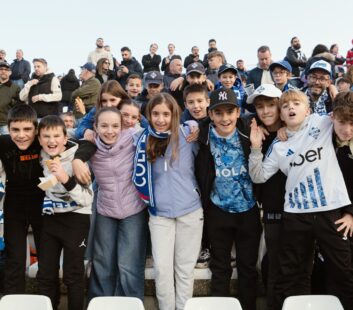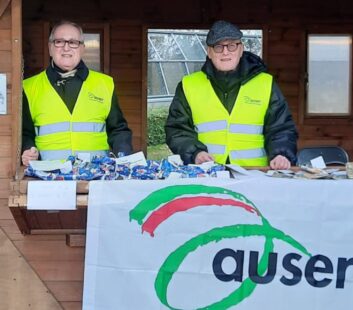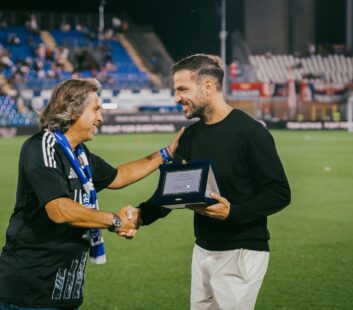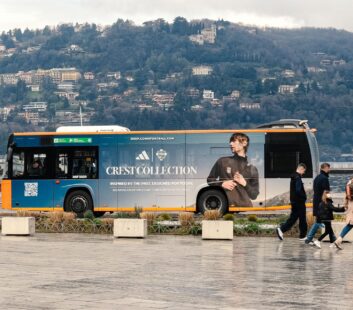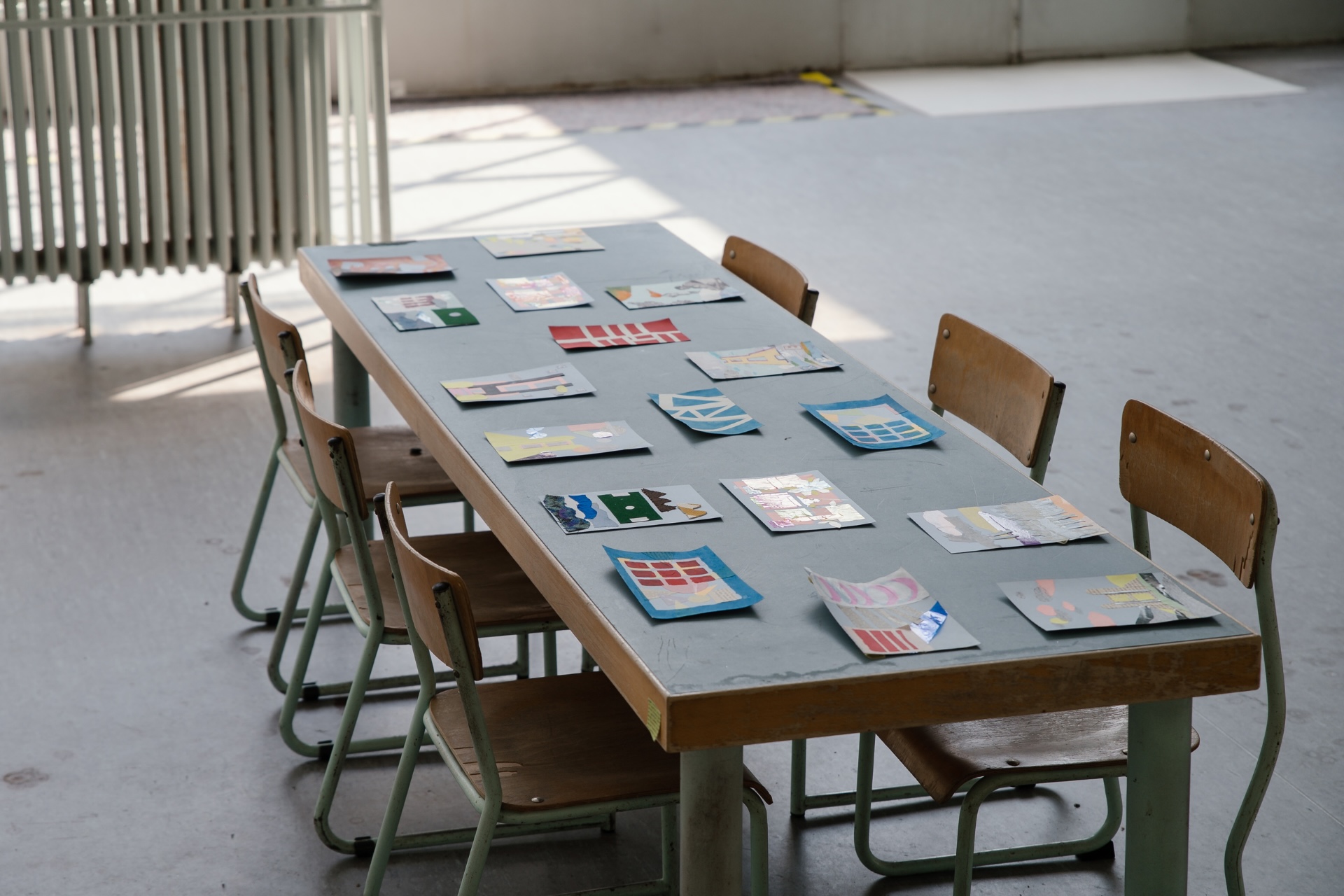
COMMUNITY
Piccoli Razionalisti: A Lesson from Como
In Como design is not only for galleries or grand villas. It is part of the city itself and part of its everyday life. Nowhere shows this more clearly than Piccoli Razionalisti, the project that each autumn brings children into the world of Rationalist architecture.
The setting is Giuseppe Terragni’s Asilo Sant’Elia built in the 1930s as a school designed around light space and wellbeing. It is one of Rationalism’s purest expressions yet it was always intended for children. During Como Design Festival the building returns to that role. School groups fill its halls with drawings and voices while visitors walk through guided tours and video installations that reveal the ideals behind its form.
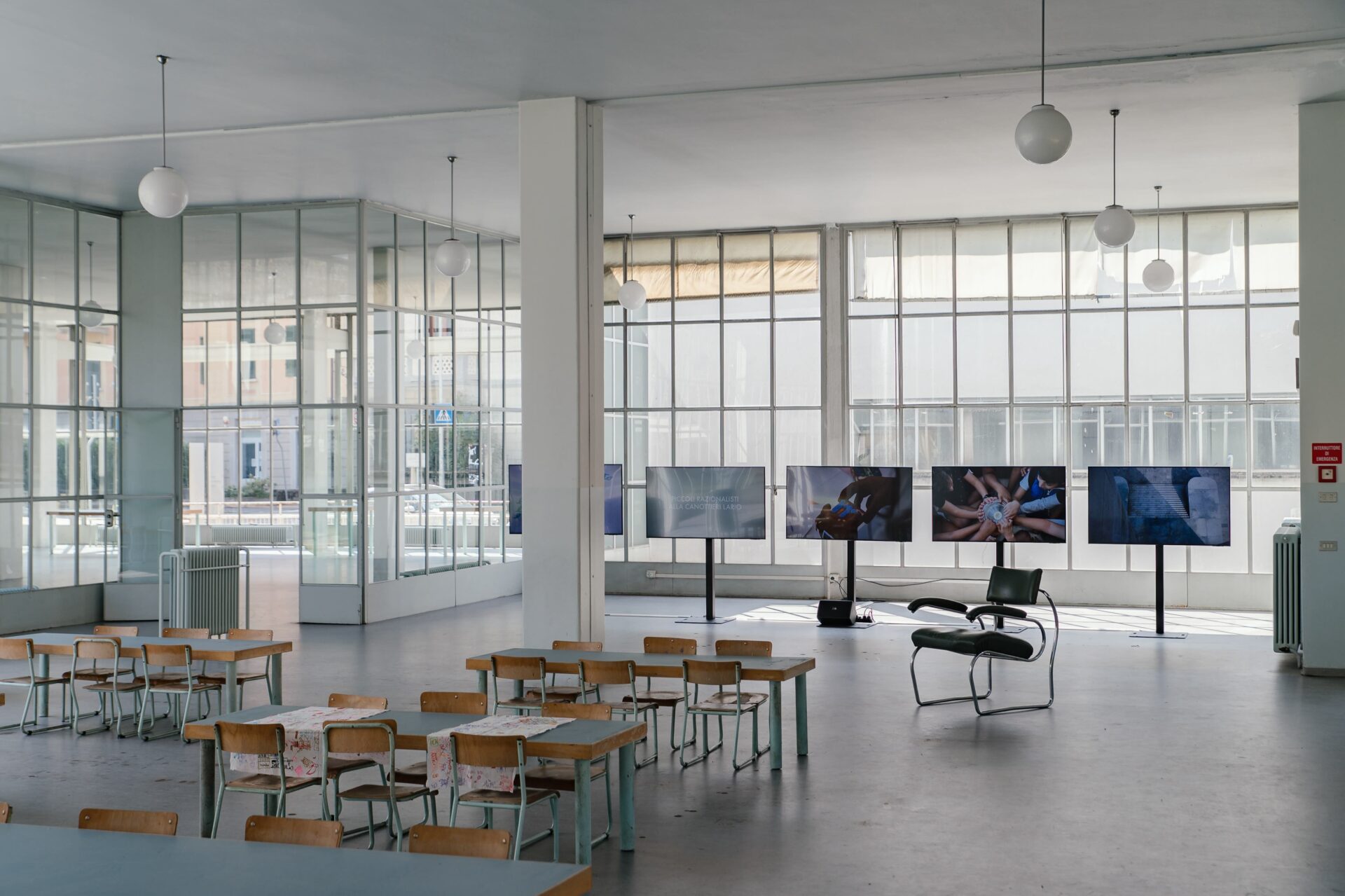
What makes this uniquely Como is the way heritage and community are tied together. Rationalist architecture is often described as abstract or austere. Here it is lived. Children sketch symbols inspired by the Casa del Fascio or the geometry of a piazza. They make postcards to send home as keepsakes of discovery. In doing so they turn monuments of modernism into part of daily memory.
The project is growing. Città Razionalista will widen the map to include more schools, more buildings and more citizens. It is not about presenting Rationalism as history but as something present in streets, courtyards and classrooms. Como’s Rationalist landmarks are not museum pieces. They are part of the civic fabric and the people who inhabit them give them meaning.
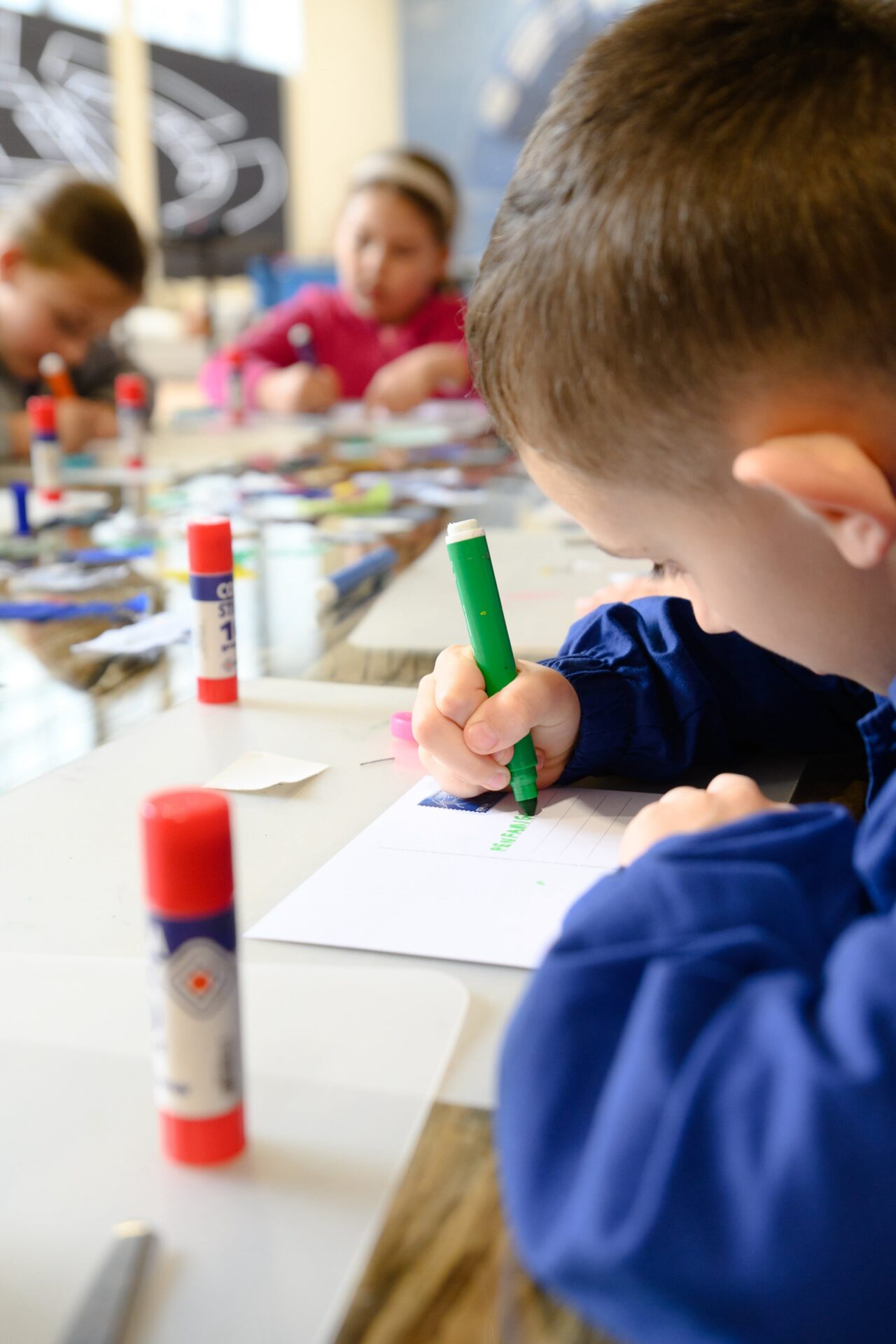
For a visitor this is a chance to see the city differently. A walk through the Sant’Elia or along Viale Sinigaglia becomes a reminder that architecture here was built to serve and to inspire. You do not need specialist knowledge to feel its purpose. You only need to step inside spaces designed with clarity and human scale.
Piccoli Razionalisti matters because it could only belong to Como. Few cities carry such a concentration of Rationalist masterpieces and fewer still integrate them so directly into public life. Each autumn this project shows that design is not detached from community but shaped by it. In Como the youngest citizens are given the tools to see architecture not as background but as part of who they are.
